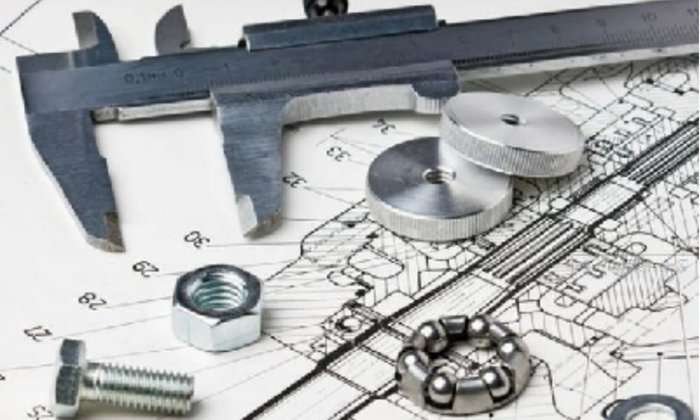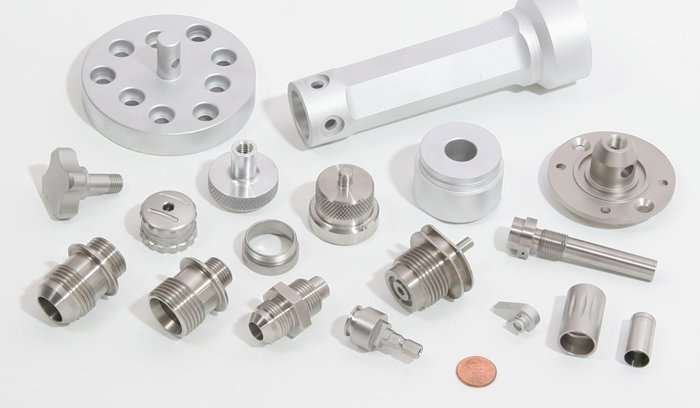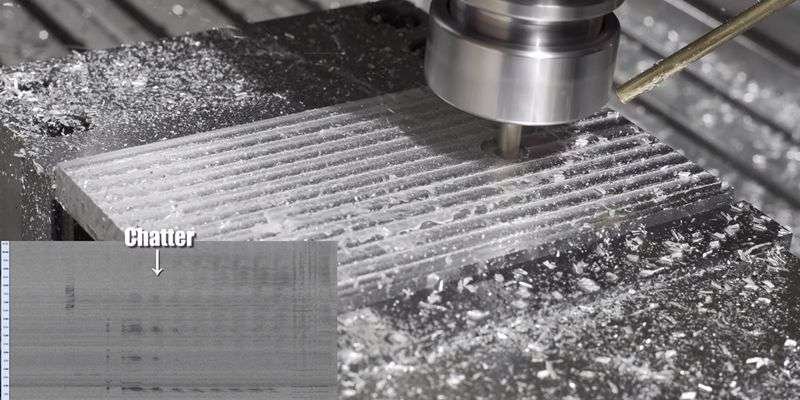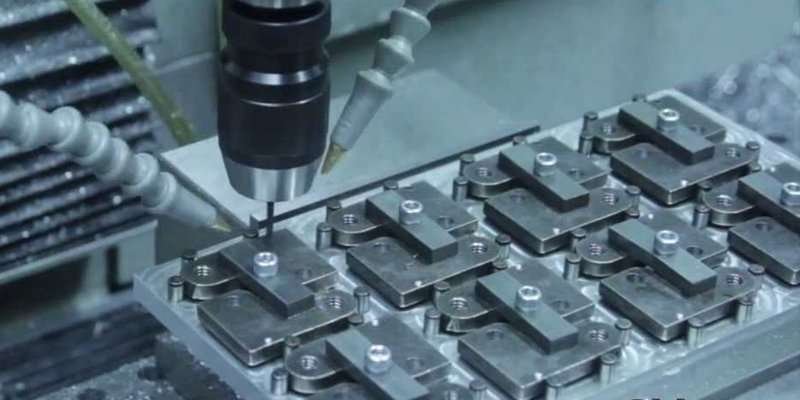In the precision instruments and testing apparatus industry, accuracy is of the utmost importance. These instruments play a pivotal role in various industries, from healthcare to research, and they rely heavily on high-precision components. These components are the unsung heroes behind the accuracy and reliability of scientific instruments. In this article, we will explore the nuances of precision components utilized in testing apparatus.
Table of Contents
ToggleVital Role of Precision Components
Precision components are the foundation of scientific instruments. These intricate parts are responsible for measurements, data collection, and the overall functionality of testing equipment. They can be found in devices such as microscopes, spectrometers, and medical diagnostic machines. To maintain the high standards of accuracy required in these fields, it’s essential to understand how to manufacture precision components efficiently.
How to Ensure Machining Efficiency of Precision Parts?
1. Distinguishing Rough and Finish Machining
When it comes to CNC machining parts, it’s crucial to distinguish between rough machining and finish machining. Rough machining involves removing the majority of the material, and it often requires substantial cutting and clamping force. To ensure machining accuracy, these two processes should be carried out separately, with strict control over processing conditions.
2. Selecting the Right Processing Equipment
The choice of processing equipment significantly impacts the quality of precision components. In rough machining, high-precision machine tools can be employed, whereas finish machining requires high-performance machine tools. Selecting the appropriate equipment for each stage is vital for achieving optimal results.

3. Incorporating Heat Treatment
Heat treatment is a critical step in the precision parts processing workflow. It has a substantial influence on the processing quality and should not be overlooked. Heat treatment processes like annealing, normalizing, and tempering can enhance the material’s cutting performance, while treatments like carburizing and quenching can improve mechanical properties.
Best Practices in Precision Parts Processing
To excel in precision parts processing, it’s essential to follow some best practices:
1. Rational Equipment Selection
When dealing with rough machining, opt for high-power and high-precision machine tools. This choice allows for the efficient removal of excess material and extends the service life of precision machine tools. For finish machining, adhere to the use of relatively high-precision machine tools.
2. Separate Rough and Finish Machining
To ensure machining accuracy, it’s advisable to process coarse and fine mechanical parts separately. Rough machining involves removing significant material, which can lead to surface hardening and internal stress. By separating the two processes, stress redistribution can occur, resulting in more precise components.
3. Prioritize Heat Treatment
Incorporate heat treatment as a routine step in precision parts processing. Depending on the desired properties, choose the appropriate heat treatment method. This not only enhances the performance of the components but also mitigates deformations caused by the process.

Precision Parts Processing Meets Industry Demands
With scientific instruments and testing equipment developing, the demand for precision parts continues to grow. These components are essential for ensuring the accuracy and reliability of these instruments. When you need a specific part for your equipment, precision parts processing is the key to success. By following the right procedures and adhering to high-quality standards, you can guarantee the performance and longevity of your scientific instruments.
Conclusion
Precision components play an important role in the testing equipment industry. Their role in maintaining accuracy and reliability cannot be overstated. To ensure machining efficiency and produce top-quality parts, it’s essential to distinguish between rough and finish machining, select the right processing equipment, and incorporate heat treatment. Following these best practices will help meet the ever-increasing demand for precision parts in scientific instruments.
FAQs
What are precision components, and why are they important in scientific instruments?
Precision components are intricate parts used in scientific instruments to ensure accuracy and reliability in measurements and data collection. They are vital for the proper functioning of these instruments.
How does heat treatment affect the quality of precision components?
Heat treatment can enhance the cutting performance and mechanical properties of precision components. It is a crucial step in ensuring the desired quality of these parts.
Why is it necessary to separate rough and finish machining in precision parts processing?
Separating rough and finish machining helps maintain machining accuracy and prevents issues like surface hardening and internal stress. It ensures that precision components meet the required standards.
What role do precision components play in the scientific instrument industry?
Precision components are essential in scientific instruments as they enable precise measurements, data collection, and the overall functionality of these instruments. They contribute to the accuracy and reliability of scientific research and testing.
How can I ensure the longevity of precision machine tools in parts processing?
To extend the service life of precision machine tools, choose the right equipment for rough and finish machining, and follow best practices like heat treatment and stress elimination. This will help maintain the efficiency of your tools over time.



